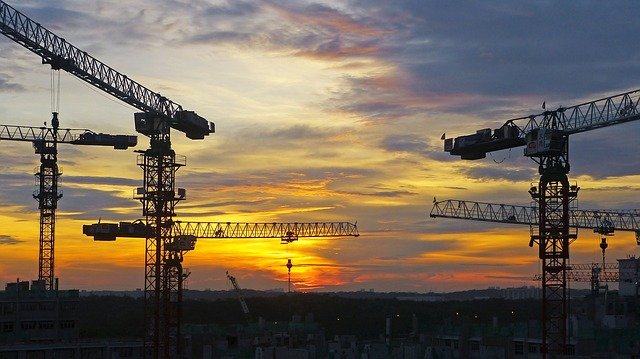
The global construction market is preparing for a period of strong growth, also thanks to the incentives allocated by many governments for a sustainable conversion of infrastructures and buildings. This green push will transform the industry risk landscape, with radical changes in design, materials and processes. Challenges that will add to those already present with supply chains under pressure, shortages of materials and labor and rising costs.
In addition to the critical issues listed above, the accelerated deployment of cost reduction strategies and the implementation of new technologies and projects could lead to an acceleration of risks for both construction companies and insurers. Continuous risk monitoring and management controls will therefore be essential for the future. AGCS 'Construction Risk after Covid report explores the risk trends that will characterize the construction sector in the coming years.
The impulse to build new infrastructures and to reconvert existing ones in a sustainable way will cause sudden surges in demand in the medium term, which could put supply chains under further pressure and exacerbate shortages of materials and labor. Additionally, many in the industry may need to accelerate the implementation of cost control and efficiency measures if profit margins are hit during the pandemic period, which can compromise quality and maintenance levels. AGCS analysis shows that design flaws and poor execution are a major cause of losses in the construction and engineering sector, accounting for approximately 20% of the value of nearly 30,000 complaints examined between 2016 and 2020 In the pursuit of sustainability, new materials and construction methods will have to be introduced to the market relatively quickly, increasing the risk of defects.
The expansion of clean energy also brings new risks. Offshore wind projects, for example, are growing in size, moving farther offshore and in deeper water, which means that the costs associated with any delays or repairs are increasing. Wind farms, as well as solar farms, can be exposed to series losses in the event of design or manufacturing defects. Huge investments in green energy will therefore mean greater values at risk, while the rapid adoption of prototype technology, construction methods and materials will require close collaboration between underwriting, claims and risk engineering, as well as between insurers and companies. .
The advantages offered by this model range from factory-controlled quality management to less construction waste, a construction time halved compared to traditional methods up to reduced disturbances to the surrounding environment. However, modular and pre-fabricated methods also present important repetitive loss scenarios.
The shortage of skilled labor in the construction industry will likely favor the trend towards off-site production and automation. At the same time, this extensive digitization will lead to new exposures, with cyber risks ranging from malicious attempts to access sensitive data to disruption of project site control, supply chain blocking, and potential design data corruption, reputational risks for the parties involved.